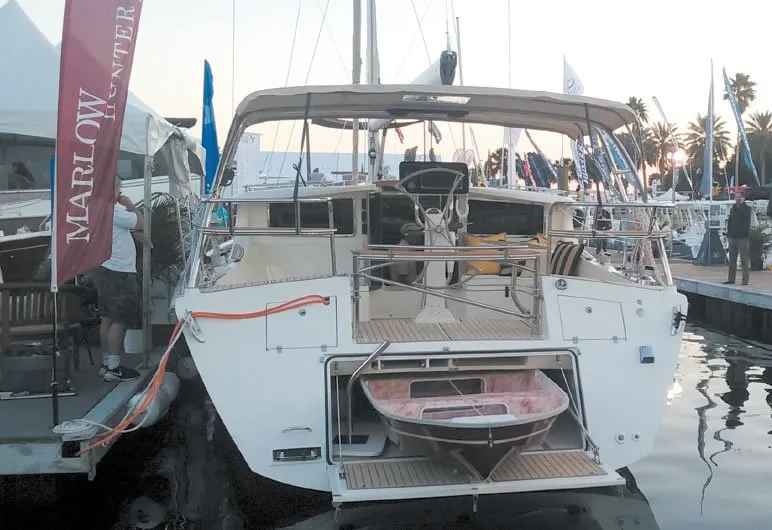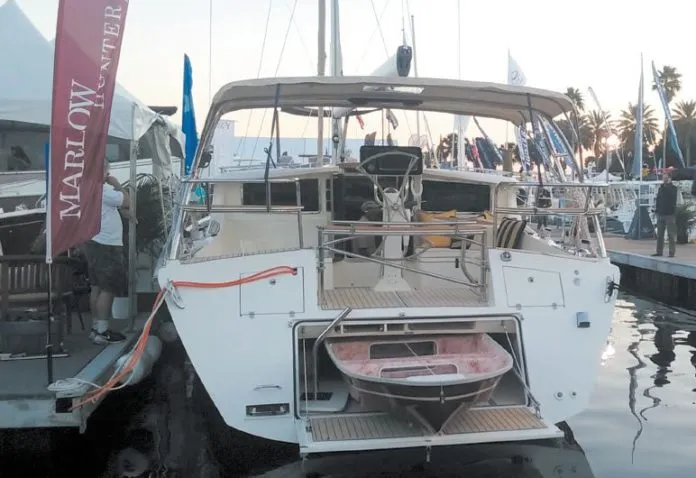
Dinghies are the Rodney Dangerfields of cruising. They get no respect, or at least not as much as they deserve. The little boat that will see nearly as many sea miles as the mother ship is often an afterthought.
Inflatables, and rigid inflatable boats (RIBs), hybrid craft with inflatable tubes and rigid (usually fiberglass) bottoms, have been the norm for years. I recognize the virtues of the RIB design, but when it comes to full time cruising, my allegiance remains with the hard dinghy camp. A hard dinghy is virtually indestructible compared to an inflatable or RIB. Its economical, and its always ready to deploy.
There are almost just as many reasons why hard dinghies are the wrong solution. They are harder to stow, hard on topside paint, relatively unstable, and require more patience when getting from here to there.
If youre an avid diver or surfer, like to explore, or prefer anchoring away from the crowd, having a RIB or inflatable with a turn of speed will be essential. Having that extra umph also comes in handy when setting kedges, playing tugboat, or rushing to help a neighboring boat whose anchor has begun to drag.
Ultimately, our dinghy preferences reflect our philosophies toward cruising. The romantic drawn to the idea of self-sufficiency (the kind of person who rides a bike to work), will be inclined toward a rugged hard dinghy that rows easily and requires virtually no maintenance. The pragmatic RIB aficionado will recognize that having fast transportation is worth the hassles associated with an internal combustion engine.
Years have past since our last head-to-head dinghy tests (see PS November 2009, and October 2008). Both focused on inflatables. Since then, there hasn’t been any significant advances in inflatables, but we have seen some interesting developments in hard dinghies.
A few years ago, West Coast designer Russell Brown came out with a kit for the PT11, a dinghy comprising two parts that nest inside each other. And the carbon-fiber Wing Dinghy, which we compared to the popular Trinka in October 2009, is so light that one person can easily load and stow it.
Since the wide introduction of the mass produced Walker Bay 8-a sluggish rower with a durable thermo-molded PVC hull-the more traditional fiberglass dinghies have been pushed to the fringes of the market. The familiar names-Bauer, Fatty Knees, Pelican, Trinka, Dyer, Gig Harbor-are still around, but the prices ($6,000 for a sailing Dyer) make an upwind slog in $600 Walker Bay 8 seem more tolerable. Kit boats like Browns PT11 or those from Chesapeake Light Craft offer a cheaper path to a hard dinghy. It requires an investment in time, but the experience gained building your own dinghy can be more valuable than the boat itself.
As we begin another round of dinghy testing, wed be interested in hearing from readers. How long have you had it? What problems have you had? And where the heck do you stow the thing? You can contact me at practicalsailor@belvoir.com.


































Hi Mr Nicholson. I know I’m a little slow commenting on this article. My use case is a dinghy between the hulls of my catamaran. It is not the same use case for the majority of sailors but still very popular. I am very tired of the daily work and regular repair I need to do with my RIB so I am looking for a hard sided or true rigid dinghy. I think a comparison of the available options of rigid dinghies and tenders would be a good article.